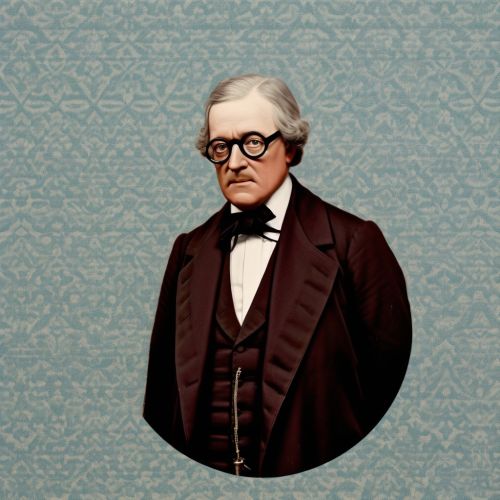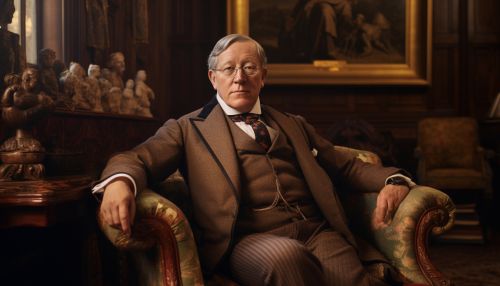Sir Charles Wheatstone
Early Life
Sir Charles Wheatstone was born on February 6, 1802, in Barnwood, Gloucestershire. His father was a music-seller in the town, who moved to 128 Pall Mall, London, four years later, becoming a teacher of the flute. Charles, the second son, went to a village school, near Gloucester, and afterwards to several institutions in London. One of them was the Bell Commercial School, where he learned writing, arithmetic, and bookkeeping.
Career and Inventions
Wheatstone experimented with sound, leading to the invention of the concertina, the stereoscope (a device for displaying three-dimensional images), and the Playfair cipher (an encryption technique). He is also known for his contributions in the development of the telegraph and the scientific understanding of acoustics.
Telegraph
Wheatstone's name is mainly known in connection with the electric telegraph. In 1835, Wheatstone and his colleague William Fothergill Cooke, a mechanical engineer, patented the Cooke-Wheatstone system. This was a needle telegraph for railway signalling, which was safer and faster than the existing semaphore line. The Cooke-Wheatstone telegraph was the first working telegraph to be put into commercial use, and it was used by the Great Western Railway.
Stereoscope
In 1838, Wheatstone invented the stereoscope, a device for displaying three-dimensional images. The stereoscope was based on the principle of binocular vision, which explains how humans perceive depth. The device presents two offset images separately to the left and right eye of the viewer, which are then combined by the brain to give the perception of 3D depth.
Playfair Cipher
The Playfair cipher, an encryption technique, was invented by Wheatstone in 1854. It is a simple form of polyalphabetic substitution, which uses a matrix of letters to encrypt pairs of letters in a plaintext message. The Playfair cipher was used by the British military in World War I and II.
Later Life and Legacy
Wheatstone was knighted in 1868, following his completion of the automatic telegraph. He had previously been made a Chevalier of the Legion of Honour. Some of his other notable achievements include the development of the Wheatstone bridge, a device used to measure an unknown electrical resistance, and the Poggendorff illusion, an optical illusion that involves the brain's perception of the interaction between diagonal lines and horizontal and vertical edges. He died on October 19, 1875, leaving a lasting legacy in the fields of music, optics, cryptography, and electrical engineering.


